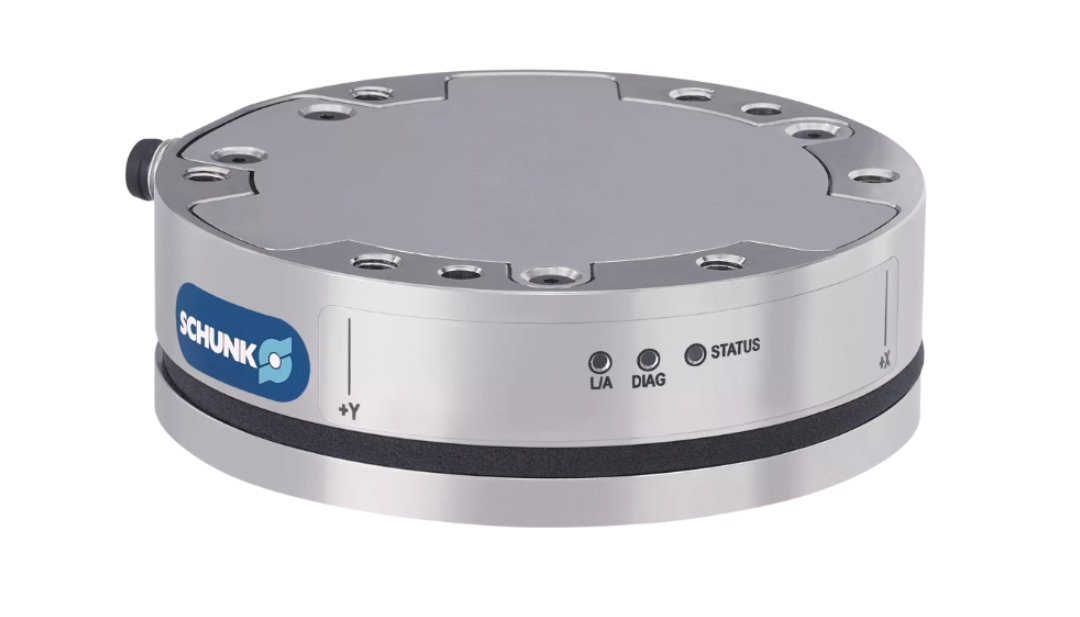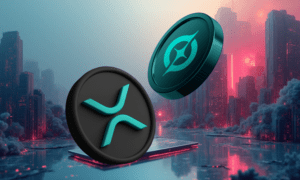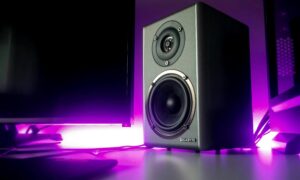Step into any contemporary automation floor or robotic configuration, and there’s one thing that does remarkably more heavy lifting than it receives any recognition for, sensors. Particularly, torque sensors and force torque sensors have emerged as the behind-the-scenes heroes of precision, safety, and control. These are not merely buzzwords; they are the determinants of industrial quality and reliability.
But here’s where most people get it wrong: it’s not about possessing the correct sensor, it’s about understanding why load range limits are critical and how they can make or break your application. If you’re in automation, robotics, or any high-precision machining operation, then this is more than just technical interest, it’s critical decision-making.
Let’s make it simple and apply it to real life.
The Basics: What Are Torque and Force Sensors, anyway?
Before we dive too far into math and load calculations, let’s establish some basics.
A torque sensor measures rotational force, basically, how hard it’s being twisted. It’s the device that informs you if something’s being tightened too hard or not hard enough. Now in the high-end world of industrial use, that twist has to be controlled to exacting specifications, whether assembling aircraft parts or tightening bolts on an electric vehicle assembly line.
Next, the force torque sensor. This is slightly more sophisticated. It merges the two, force (linear push or pull) and torque (twisting force), into one device. So, it informs you precisely how hard something is being pushed or pulled in both straight-line and twist motion.

And together, a force and torque sensor is the central nervous system for any robotic arm or CNC system that requires feedback for precise movements.
Why Load Range Limits Aren’t Just a Spec Sheet Detail
Now, most individuals flipping through a catalogue of sensors or reading through specs will breeze through “load range limits.” But here’s why that’s an error.
The load range defines the minimum and maximum forces or torques the sensor can measure accurately without damage or distortion. Think of it like the weight limit on a lift. Go beyond it, and you’re risking a breakdown.
Choose a sensor with too small a load range, and you’ll overload it too early. Choose too wide, and you sacrifice accuracy. It’s really about finding a fit between your tool and real-world forces in your process, and not necessarily what the brochure promises.
No matter if you’re working with a force torque sensor in a robot gripper or keeping screw tension in check using a torque sensor, selecting the correct load range sensor results in improved resilience, consistent output, and streamlined automation processes.
Real World Applications Where Load Limits Are More Important Than You Might Realize
Let’s consider an example. Suppose a factory is putting together light consumer electronics. Torque to tighten small screws is low, and accuracy is paramount. A sensor for heavy industrial bolts will be useless here, it may not even detect small variations.
Flip the situation. An industrial generator company requires high-torque measurement. In this application, installing a low-load torque sensor is asking to fail, perhaps even to damage equipment.
And in robotics, where force torque sensors are vital for collision detection and part handling, a load range mismatch might mean inadequate control, parts dropped, or worse, unintended force to a human colleague.
This is not hypothetical, this is real-life risk on badly optimised configurations.
What Do You Need to Know Before Purchasing a Torque or Force Sensor?
So, you’re planning to spend money on sensors for your system. Before you shortlist on the basis of torque sensor price, here is what to look out for:
- Your force and torque specifications: Know the lower and upper limits.
- Application type: Are you sensing steady-state torque, dynamic torque, or changing forces?
- Mounting requirements: Inline, flange, rotary? Your configuration is important.
- Durability requirements: Some sensors come with overload protection, which is useful if your process experiences sudden bursts of force.
- Sensor linearity and resolution: Greater accuracy results in fewer errors and more precise control.
All of this impact not only performance but also long-term upkeep and process safety.
How Load Range Influences Sensor Performance and Lifespan
Load range limits are not only about staying within safe operation range, they’re also about cost-saving and long-term efficiency. When a torque sensor or force and torque sensor is used repeatedly up to its upper limit, it experiences stress fatigue much faster.
That leads to calibration drift, reduced precision, and a shorter sensor lifespan. By choosing the appropriate load range, you ensure you’re not overworking your system. The result? Better data, reliable performance, and fewer replacements. For industries where precision is non-negotiable, that dependability can make all the difference.
Misconceptions Around Torque Sensor Price and Quality
Here’s the catch, in an oversaturated market, it’s natural to want to search for a torque sensor based on price. And sure, cost plays a role, but choosing based on the lowest torque sensor price usually brings:
- Reduced accuracy
- Increased error tolerance
- Shorter lifespan
- Poor automation system compatibility
High-quality sensors, particularly from trusted automation leaders like Schunk India, may come with a higher upfront cost, but they offer better long-term value. Consider them a long-term investment in accuracy, safety, and system uptime.
Load Range Vs. Overload, And Why That Difference Matters
Another point of confusion? Many confuse load range and overload capability.
- Load range is your safe working zone, ideal for consistent, repeatable readings.
- Overload is the threshold where the sensor can take extra force before breaking.
However, operating near overload consistently? That’s already pushing the sensor to its brink. It might not fail immediately, but it will lose precision and degrade over time.
So, the smarter approach is to operate well within the load range. Build in headroom, just like you wouldn’t max out a bridge every day.
How Schunk India Makes Sensor Selection Easier
Identifying the appropriate sensor doesn’t need to be daunting. Reputed players like Schunk India provide not only high-performance torque sensors and force torque sensors, but also expert advice.
Need a rotary torque sensor for a high-speed application? Or a compact force and torque sensor for robot integration? Their range of sensors meets diverse industrial needs. The real edge lies in how their engineers help map your requirements, design constraints, and accuracy goals.
It saves time, money, and the trial-and-error that usually plagues poorly selected hardware.
Why Sensor Compatibility Matters in Industrial Ecosystems
In today’s hyper-connected automation environments, sensor compatibility is often ignored. But integrating a force torque sensor into a larger ecosystem means ensuring seamless communication with controllers, PLCs, and monitoring software.
A mismatch here can result in misreading’s, faulty signals, or even production downtime. That’s why working with seasoned companies like Schunk India makes the process easier, they offer modular, calibrated, and automation-friendly sensors that blend into both modern and legacy systems with ease.
When every component speaks the same language, the entire system runs smoother and more reliably.
Why It All Comes Down to Precision, Safety, and Smarter Automation
Ultimately, every movement, every push, every twist, counts. And force and torque sensors give machines their “sense of touch.” Whether it’s robotic arms performing surgery or assembly lines placing parts at breakneck speed, these sensors ensure the right pressure at the right time.
So, when you’re in the market for a torque sensor, don’t just compare the torque sensor price. Look at the load range, the reputation of the sensor manufacturer, and the level of precision your application demands.
Because in automation, sensors aren’t just another component, they’re the difference between doing the job, and doing it flawlessly.
Final Thoughts
If you’re researching advanced automation or dependable torque and force sensors, visit Schunk India. They’re revolutionizing automation, one intelligent sensor at a time.




























